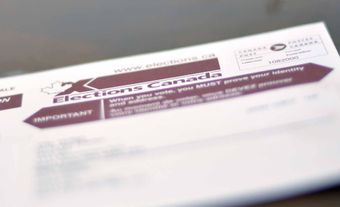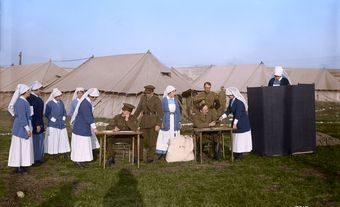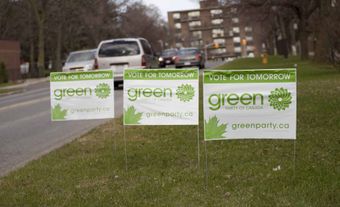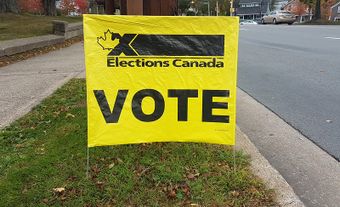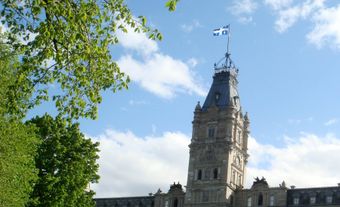A by-election is a special election in one riding. It is typically held to fill a seat in a legislature that is left vacant by the death or resignation of a member of that legislature. By-elections seldom earn much attention beyond the ridings in which they take place. Voter turnout is often lower than in general elections. However, by-elections can be nationally important if a riding switches from one party to another, and if that change alters the balance of power in the House of Commons or a provincial legislature. By-election results can also be important indicators of the popularity of a government, of parties, and of party leaders.

Background
General elections are held on a particular day, typically every four or five years, unless they are called early. The candidates who win the most votes in their electoral district, or riding, become members of Parliament (MPs) or members of a provincial or territorial legislature. Most members serve full terms. Sometimes, however, a member may die or resign. In those cases, the seat is vacant and the people of that constituency are left without a representative. (See also Representative Government; Responsible Government.)
By-election Rules
The Parliament of Canada Act states that if an election will be held within nine months of the seat becoming vacant, “no by-election is called and the seat remains vacant until the general election.” However, if the vacancy will last more than nine months, the Governor in Council (the governor general, acting on the advice of cabinet) issues an official message, called a warrant, to the Chief Electoral Officer. The warrant gives the government between 11 and 180 days to inform the Chief Electoral Officer of a date on which a by-election will be held in the riding to fill the vacant seat. If more than one seat has become vacant, several by-elections will take place in those ridings on the chosen date. Under the Canada Elections Act, the duration of a by-election campaign must be at least 37 days and no more than 51 days.
A by-election entails all the processes of a regular election; political parties nominate candidates and campaigns occur. Party leaders often visit the riding where a by-election is taking place to support their candidate. On voting day, a successful candidate is chosen who then becomes the constituency’s new representative.
In the provinces and territories, by-elections are held for the same reasons and in much the same way.
See also Canadian Electoral System; Right to Vote in Canada; Political Party Financing in Canada; Political Campaigning in Canada; Political Participation in Canada; Voting Behaviour in Canada.

 Share on Facebook
Share on Facebook Share on X
Share on X Share by Email
Share by Email Share on Google Classroom
Share on Google Classroom
